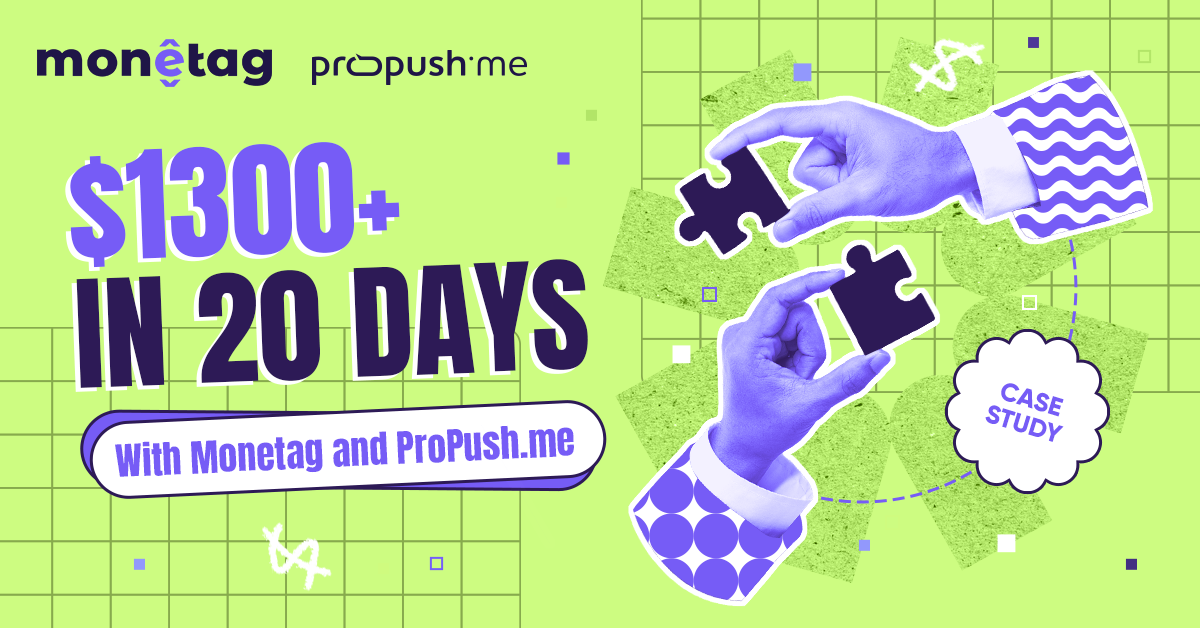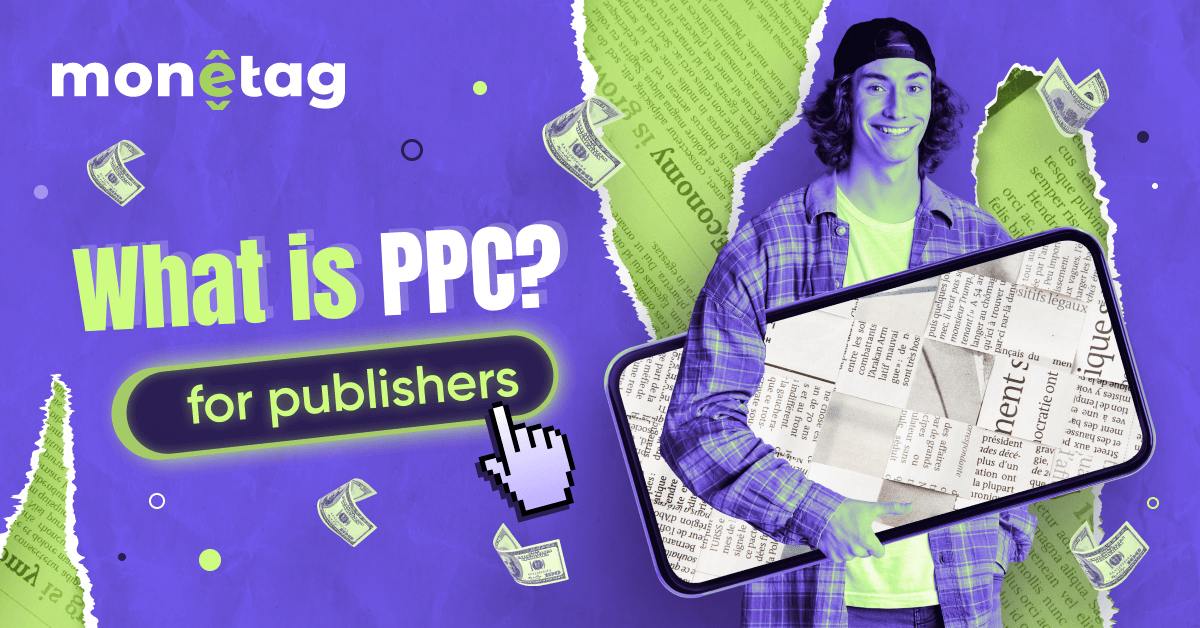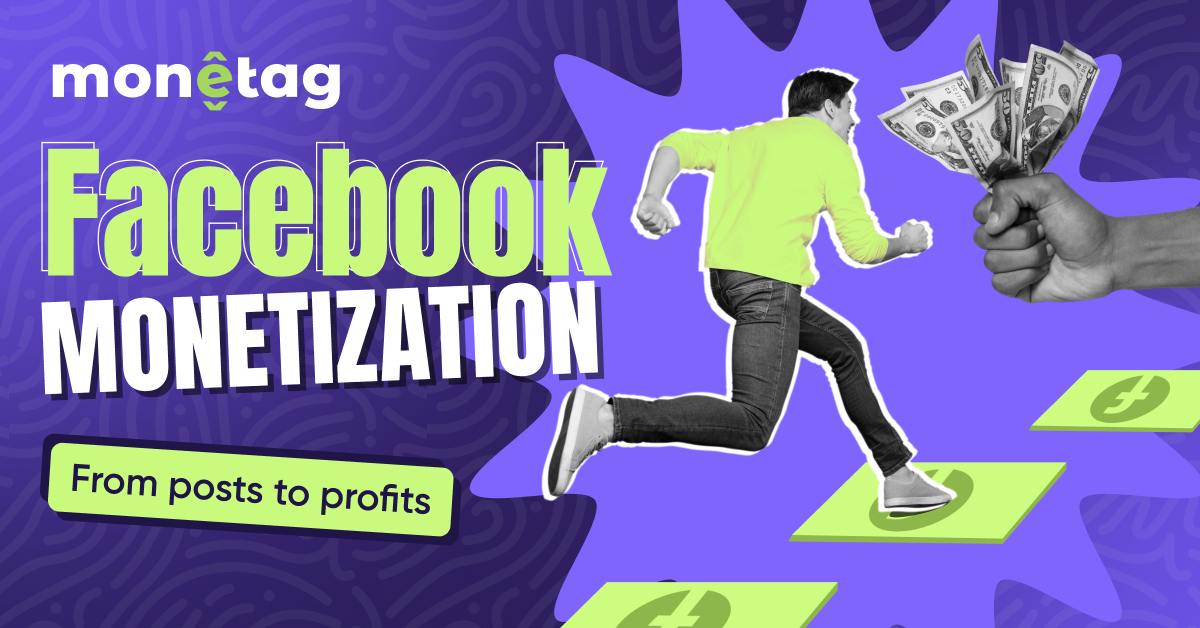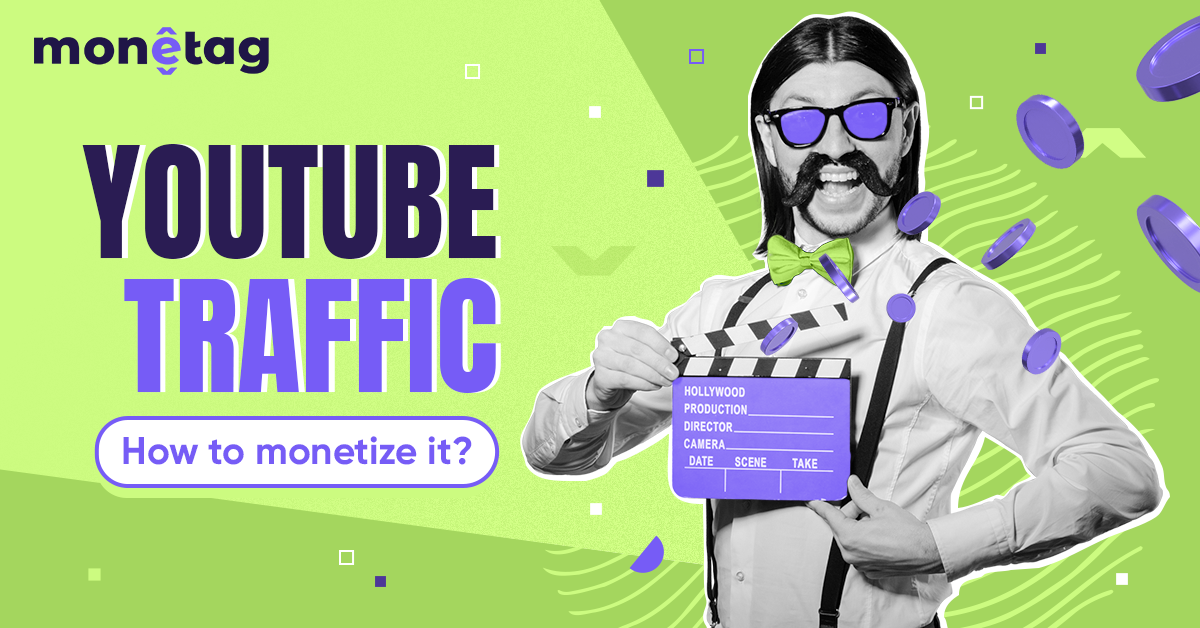Website Conversion Rate Explained: How to Track & Improve It
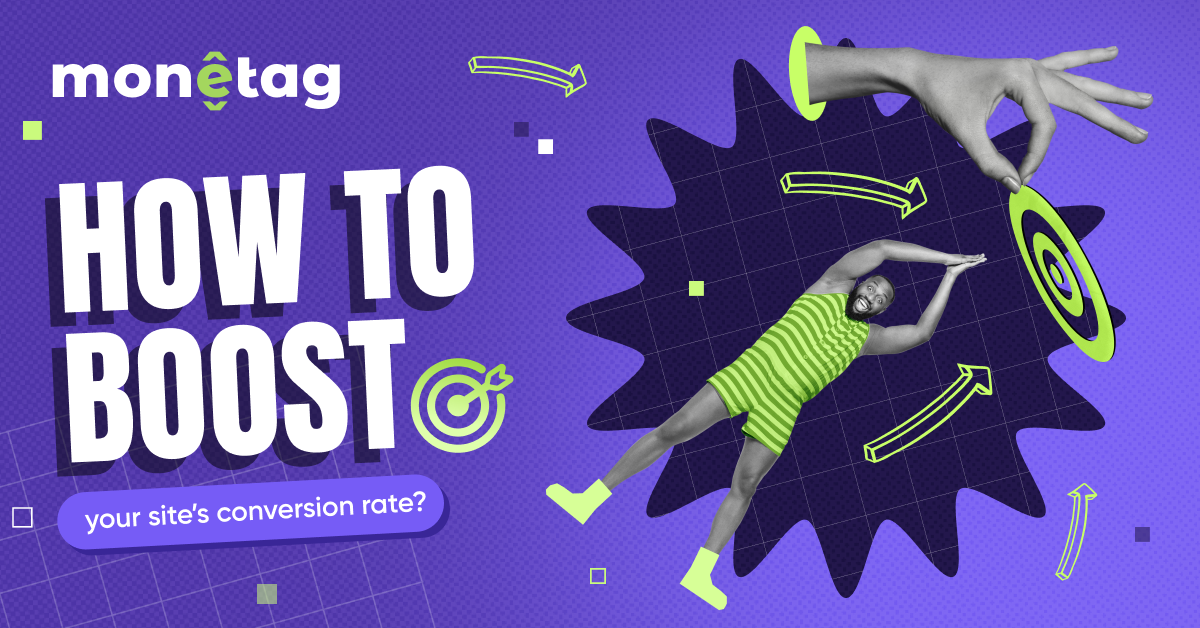
When you hear the word “conversion,” you might think of ad clicks or product purchases. But for publishers, conversions go beyond transactions — they cover every desirable action a user could take.
Your conversion rate (CR) tells you how well your site encourages these actions. But what do the numbers really mean, and how can you improve them to grow your audience?
Let’s find out!
What is a website conversion rate?
A website conversion rate is a metric used to measure the percentage of visitors who complete a desired action (conversion) like a subscription, a purchase, a download, or filling out a form.
To calculate the conversion rate (CR), divide the number of conversions by the total number of website sessions or visitors, then multiply by 100 to express it as a percentage.

A high conversion rate typically means your content, design, and user experience are well-optimized, encouraging visitors to take action.
On the other hand, a low conversion rate might indicate friction points—like slow load times, confusing navigation, or unclear calls to action. We’ll discuss both of these outcomes in more detail later.
Why should you measure conversion rate?
Your conversion rate (CR) is one of the most important metrics for understanding how well your site meets visitor expectations. Tracking it helps you determine:
- Are visitors finding what they need? A strong CR suggests your content aligns with what your audience expects.
- How effective is your site at driving engagement? CR shows how well your site converts visitors into engaged users.
Whether your goal is to grow an email list, boost subscriptions, or increase interactions, tracking CR helps you understand what’s working and what’s not.
What’s a good website conversion rate?
A good conversion rate depends on several factors, including your industry, audience, and the specific action you want visitors to take. For publishers, this often means subscriptions to newsletters, push notifications, or other forms of engagement rather than purchases.
What influences the conversion rate?
Your conversion rate will vary based on:
- Industry type: Different industries see different average CRs.
- Target audience: Demographics, user intent, and behavior impact conversions.
- Conversion goal: The type of action (e.g., signing up for a newsletter vs. downloading a file) affects how easy or appealing it is for users to complete.
Industry and traffic benchmarks
Below you can find some benchmarks for a general idea of a website conversion rate. Note, that your ideal CR depends on your niche and optimization efforts.
- The average website conversion rate is 2.35%
- Sporting goods have the lowest average eCommerce conversion rate
- Paid search traffic tends to perform best, with an average CR of 2.9%
Remember to track, test, and refine your pages over time for the best conversion rates.
How do you improve a website conversion rate?
A good conversion rate doesn’t happen overnight! It usually takes research, analysis, and testing. Here’s how you can improve and maintain a good CR:
1. Understand what your visitors want from your website
If visitors aren’t converting, the first step is to find out why. What do they expect from your site, and are you meeting those expectations? Use data and direct user insights to uncover the gaps.
- Analyzing user behavior data
- Use tools like Google Analytics or Hotjar to track which pages have high drop-off rates or low engagement.
- Look at bounce rates and time on the page to see if visitors are finding what they need.
- Use heatmaps to see where users are clicking (or not clicking) on key pages.
- Record user sessions to watch real visitor interactions and spot pain points in navigation or forms.
- Talk to your audience
- Use on-site polls or feedback widgets to ask visitors why they’re leaving or what’s missing.
- Run email surveys to learn why subscribers signed up—or why they didn’t.
- Engage in live chat or social media discussions to gather qualitative insights on user frustrations or expectations.
- Check search terms
- Analyze site search queries to see what visitors are looking for but aren’t finding.
- If common searches don’t match your existing content, create pages or optimize existing ones to align with user needs.
- Compare search intent vs. conversion data to identify gaps—are users landing on your site but not taking action?
- Create user personas
Use the qualitative and quantitative data you’ve gathered to build personas that explain:- Who your users are (age, interests, demographics).
- What they want (their primary goals or pain points).
- Why they chose your website (what attracted them in the first place).
- Tailor your content, UX, and CTAs based on these personas to make your site more relevant to your audience.
2. Identify what stops visitors from converting
Even if you have a great product or content, friction points can push users away. Here’s what to check:
- Website speed and tech issues
Slow-loading pages can kill conversions. Optimize images, minify code, and use a fast hosting provider.
User experience and design
Is your site easy to navigate? Is your CTA clear? Ensure buttons, forms, and landing pages are visually appealing and intuitive.- Navigation and accessibility
A confusing menu or too many steps in a process can lead to drop-offs. Simplify paths and adapt your site to work on all devices.
3. Optimize for engagement and persuasion
Once you’ve eliminated roadblocks, the next step is to encourage visitors to take action.
- Write persuasive headlines and copy
Use clear, compelling messaging that aligns with user intent. - Optimize key actions
Whether it’s signing up for a newsletter or clicking a CTA, make it easy with minimal form fields and a smooth user journey. - Use exit-intent pop-ups
Capture users before they leave by offering incentives (discounts, free trials, or exclusive content).
Final thoughts on conversion rates
As mentioned at the beginning of this article, a good conversion rate doesn’t happen by chance. It takes plenty of research, analysis, audience understanding, and experimentation. As a publisher, this means paying special attention to the entire user journey: from the moment visitors land on your site to the point where they subscribe, sign up, or engage with your content.
Removing blockers along the journey path will ultimately help strengthen your conversion rate and your relationship with your users.

